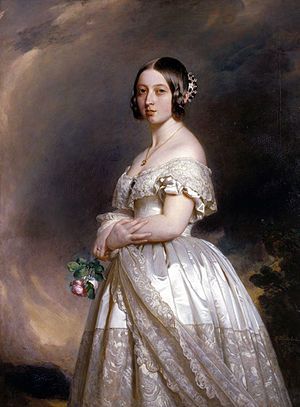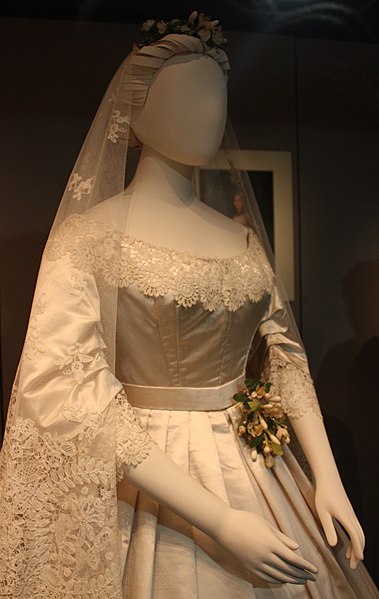Growing up, Thanksgiving at my house was pretty close to Norman Rockwell's depiction. Grateful for family, food and love. While my mom's Parker House rolls baked, I remember having two jobs -arranging mums cut from the backyard into a centerpiece and polishing the silver. Among the items needing a little TLC was this lovely pair of Empire style salt and pepper shakers. Aren't they beautiful! They belong to me now as part of my mom's very smart practice of giving items from our childhood to us as gifts. They mean so much more than any store bought present!
So, today as I'm polishing the silver in preparation for Thanksgiving Dinner that I'll be hosting, I thought maybe it would be timely to post a bit on silver care. so...
(Can't argue with Tiffany's -the authority on all things beautiful)
Sterling silver tarnishes, especially when exposed to salt air and
products containing sulfur, such as rubber bands and some papers. However,
silver that is regularly used typically needs less care, so Tiffany strongly
encourages you to use or your silver frequently and so do I. The notion of
‘saving’ items is kind of sad to me. What is so special in the future that
could be more important than enjoying your beautiful things now?
Washing
Silver
Tiffany recommends washing
silver by hand in warm water with a mild detergent. Because many food acids and
gases in the air can have a corrosive effect, they suggest that you wash your
silver immediately after use. Silverware, and especially knives, should not be
left to soak in water. To avoid spotting, it is important to dry your silver
immediately after washing.
Polishing
Silver
Tiffany sells a spray that works great on items with small crevices like candlesticks
Pastes like Wright's or Weiman are good for large areas
photo from for the love of a house.blogspot
Begin by using a soft cloth
or sponge to apply the polish. Rub each piece gently but firmly lengthwise,
using straight, even strokes. You may use a small brush (like a toothbrush with
natural bristles) for decorative trim or borders. Wash in sudsy dish soap water,
being sure to remove all the polish. Rinse well in warm water, dry thoroughly
and buff gently with a soft cloth. Don’t
twist, especially items with stems. I learned this the hard way, twisting a
stem loose from a compote dish. So sad.
Leaving
a Little Patina
An "oxidized" finish is the deliberate
blackening of crevices in the ornamentation of a silver object to make its
decorative details stand out more clearly. Take care as this finish can be
removed by overzealous cleaning and polishing. A little tarnish is actually patina and can
denote age and value.
Happy Thanksgiving - Use all your 'good stuff' and leave some of it out to enjoy all year!
- Janet











